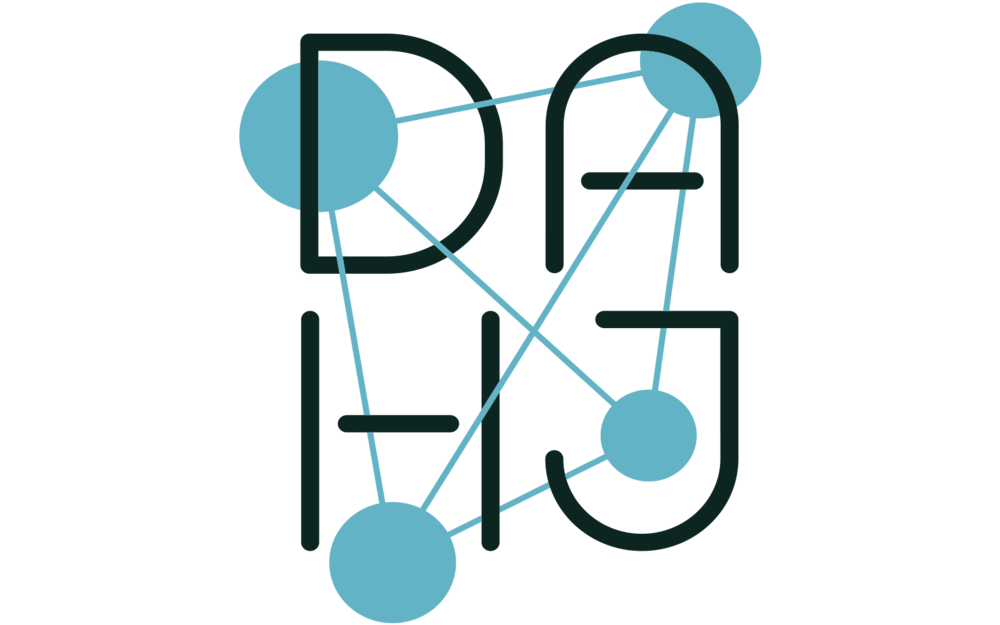Abstract
Starting in 2003 the Department of Architecture of the University of Leuven (KU Leuven) has conducted digital reconstructions as subject of several master’s dissertations. Over the years different topics have been the subject of study, ranging from Burgundian residences to lost religious heritage, thus addressing a range of methodological difficulties specific to dealing with historic architecture using modern technologies. As Historic Building Information Modeling (HBIM) has found its way to a broader audience over the last few years, attention must be paid to the methodology and the communication of these reconstructions towards a wider audience. Using these new technologies inevitably changes the perspective of the viewer, shifting from a distant observer to a close inspector (keeping in mind that many of the reconstructed elements were never supposed to be seen up close). Together with these new approaches new means of communication and visualization need to be realized, fitting the possibilities of the reconstructions.
DOI: https://doi.org/10.11588/dah.2018.3.32544
Authors
Stefan Boeykens
is an architect-engineer from Belgium, who worked as an independent architect, before joining the KU Leuven as a Guest Professor for BIM. In 2014 he joined D-Studio, a Belgian BIM development and consulting company, guiding technology implementation, analysis, project management and long-term innovation around BIM.
Sanne Maekelberg
has a masters in civil engineering and architecture from the University of Leuven (June 2014). She is currently working on a PhD project ‘The residential system of the high nobility in the Habsburg Low Countries: the Croÿ case’, where she combines approaches from architectural history with an interest in digital visualization techniques.
Krista De Jonge
is Full Professor of History of Architecture at the Department of Architecture of the University of Leuven. Her personal research concerns early modern architecture in the Low Countries in its relationship to France, Italy, Spain, Germany, Denmark and Portugal, and especially the architecture of the Burgundian and Habsburg Courts, and has chaired the European Science Foundation Research Networking Program ‘PALATIUM. Court residences as places of exchange in late medieval and early modern Europe (1400-1700)’

